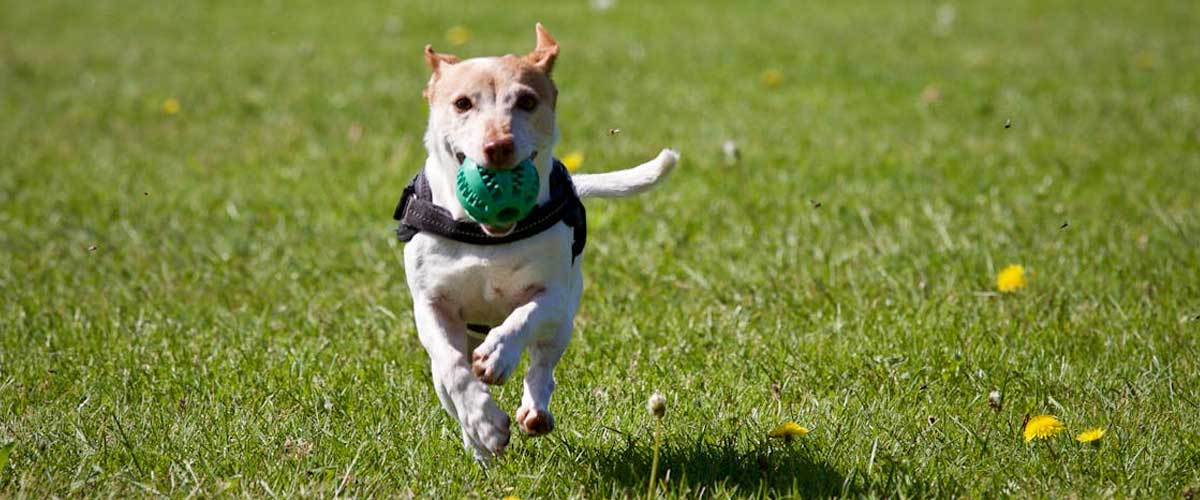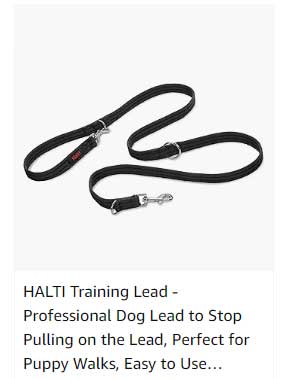Training your dog to come when called is one of the most important skills you can teach.
A reliable recall can keep your dog safe in potentially dangerous situations and allows them to enjoy off-leash time more freely.
However, effective recall training requires consistency, patience, and understanding of your dog’s behavior.
Here are some essential do’s and don’ts to consider.
Do’s
1. Start with Positive Reinforcement:
Use treats, praise, or play as rewards when your dog comes to you.
This will create a positive association with the command and encourage them to respond eagerly.
2. Use a Consistent Command:
Choose a specific word or phrase, like “come” or “here,” and stick with it.
Consistency helps your dog understand what you expect of them.
3. Practice in a Controlled Environment:
Begin training in a quiet, familiar space with minimal distractions.
As your dog becomes more reliable, gradually increase the difficulty level by introducing new locations with more distractions.
4. Keep Training Sessions Short and Fun:
Aim for brief, engaging sessions that don’t overwhelm your dog.
A few minutes of focused practice can be more beneficial than longer, tedious sessions.
5. Be Patient and Understanding:
Every dog learns at their own pace.
If your dog struggles with recall, remain patient and don’t punish them.
Focus on building a strong bond and trust.
6. Use a Long Line:
When practicing recall outdoors, use a long line to give your dog some freedom while still being in control.
This helps you manage their movement and prevent them from running off.
7. Create a Positive Atmosphere:
Call your dog in a happy, enthusiastic tone.
Your excitement encourages your dog to come to you.
Don’ts
1. Don’t Use Recall for Punishment:
If your dog comes to you and you scold them for something they did, you’ll create a negative association with the recall command.
Always keep it positive.
2. Avoid Calling Your Dog for Unpleasant Experiences:
If you often call your dog to go inside or for a bath, they may begin to associate the command with negative outcomes.
Try to mix in pleasant experiences when calling them.
3. Don’t Expect Perfection Immediately:
Recall training can take time, and different dogs may respond differently.
Don’t lose hope if your dog isn’t coming reliably right away.
4. Avoid Using the Command Too Often:
If you frequently call your dog without a clear reason, they may ignore you.
Use the recall sparingly to maintain its importance.
5. Don’t Call Your Dog When They’re Distracted:
If your dog is preoccupied with something exciting, like another dog or a squirrel, don’t call them just to get their attention.
Instead, use a more enticing method to draw them back.
6. Avoid Being Frustrated:
Getting frustrated can negatively affect your dog’s willingness to come to you.
Stay calm and focused during training sessions.
7. Do Not Skip Socialization:
Lack of socialization can make your dog more anxious or distracted, affecting their recall. Ensure your dog has opportunities to interact with other dogs and people in various settings.
Conclusion
Recall training is an essential skill that enhances your dog’s safety and enriches their quality of life.
By following these do’s and don’ts, you can create a strong foundation for your dog’s recall, making it a reliable command that fosters a joyful and safe relationship between you and your furry friend.
Remember, the key is patience and positivity—happy training!











